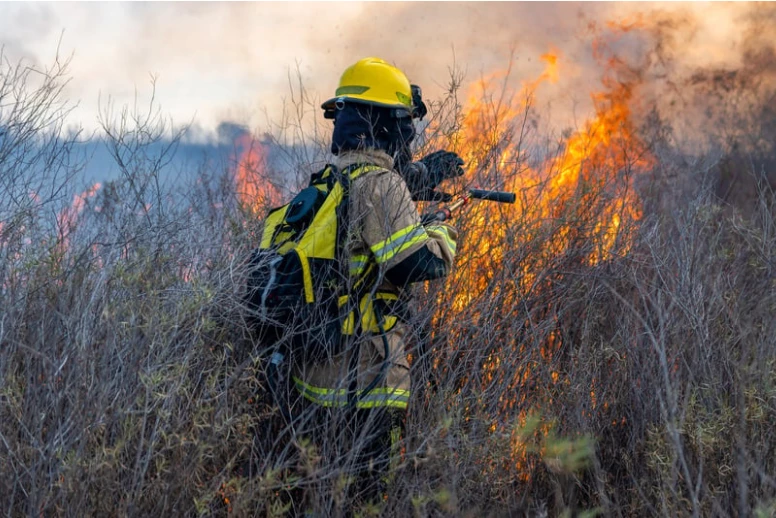USSOCOM Looking for Partners – Here and Abroad
Add bookmarkFrom the 2009 rescue of an American sea captain held by Somali pirates off the Horn of Africa to the recent capture of an al Qaeda leader linked to the 1998 bombings of two U.S. embassies in East Africa, U.S. Special Operations Forces (SOF) have been constantly in the headlines.In between, they launched a super secret 2011 raid into Pakistan that took down al Qaeda founder Osama bin Laden, rescued aid workers from more Somali brigands in 2012 and have been advising various militaries in Central Africa in their hunt for the brutal band of rebels-turned-renegades that calls itself the Lord's Resistance Army.
But that is only a small part of what the SOF community does, says Adm. William McRaven, head of U.S. Special Operations Command, which oversees the organization, training and equipping of SOF in the Army, Navy, Air Force and Marine Corps.
"Our core competency is understanding this human domain," McRaven, a Navy SEAL, said during a panel discussion at October's Association of the U.S. Army (AUSA) conference in Washington. He was talking about understanding the language, culture, history and human networks of any given battle space before operations begin – whether counter insurgency or hostage rescue.
[inlinead]
And that competency will be crucial in future conflicts where landpower intersects with the human and cyber domains, said Army Chief of Staff Gen. Raymond Odierno, another member of the panel discussing the human nature of war and its implications for strategic landpower. "Human interaction in a complex environment is going to be key to our success in the future," Odierno said, noting: "I see SOF as the connective tissue between the [local] population and the conventional forces."
McRaven has been telling audiences that as threats are rising globally – but defense funding is dwindling – SOF is going to have to partner with foreign allies, NATO forces and other agencies within the U.S. government like the State Department to accomplish its missions.
"We have limited resources, we have to figure out where we're going to apply those resources," McRaven told the Aspen Institute Security Forum in July, but he noted that working with partners is nothing new to SOF. "The larger part of what we do is help build partner capacity," McRaven told the Aspen, Colo. conference. Various SOF units are building up those partnerships in more than 90 countries around the world "so that we don't have to come in later and deal with the issue. We allow the sovereign government to deal with their own problems," McRaven said.
In prepared testimony for a Senate Armed Services Committee hearing in March – where he discussed SOCOM's plans "to enhance its already global force by networking" – McRaven used the terms "partner," "partners" and "partner nations" a total of 13 times.
Partnering also means more training of local forces and less kinetic action by SOF, according to Michael Sheehan,
who until recently was the chief special operations adviser to the Secretary of Defense. He told the annual summit of
the International Stability Operations Association (ISOA) in October that counter insurgency and other direct action should be done by local forces with the U.S. military providing the training. ISOA is an industry group of companies that provide services ranging from construction and air transport to interpreters and security for organizations involved in humanitarian aid and peacekeeping.
Sheehan, a former Green Beret officer who served as Assistant Defense Secretary for Special Operations and
Low Intensity Conflict from December 2011 to July 2013, recommended "that we train the locals to go through the door – not the U.S."
While funding cuts loom for all the Defense Department, SOCOM has managed to more than double its size from 33,000 troops in 2001, with a planned end strength of 70,000 by 2015. McRaven told the Senate Armed Services panel in March that SOCOM is focusing on equipping all its fixed wing aircraft – manned and unmanned – with upgraded intelligence, surveillance and reconnaissance capabilities. There will also be an emphasis on equipping SOF operators with an equipment system that includes individual protection, visual augmentation, weapons and sights.
SOCOM's Fiscal 2014 budget request sought a total of $9.9 billion, including $1.6 billion for procurement and $373.6 million for research, development, testing and evaluation. But additional funding remains in limbo pending congressional battles over sequestration and the spending freeze at 2012levels under a continuing resolution.
~~~~~~~~~~~~~~~~~~~~~~~~~~~~~~~~~~~~~~~~~~~~~~~~~~~~~~~~~~~~~~~~~~~~~~~~~~~~~~~~~~~
About the Contributor:John M. Doyle is a Washington-based defense and homeland security writer. A former congressional editor at Aviation Week & Space Technology, he has since written about military and homeland security issues for Defense Technology International, Overhaul & Maintenance, Seapower, Smithsonian Air & Space and Unmanned Systems. For almost 20 years he was an editor and reporter with the Associated Press covering law enforcement, legal affairs, business and politics in the Midwest, New York and Washington. He now blogs about unconventional warfare and where it crosses paths with terrorism, technology, energy, international development and disaster relief at 4GWAR.wordpress.com. He can be reached at 4gwarblog@gmail.com









